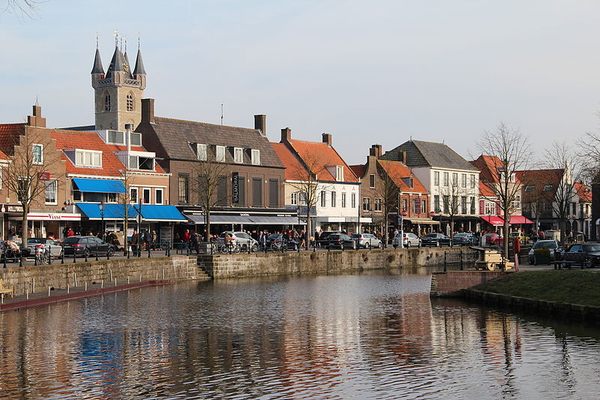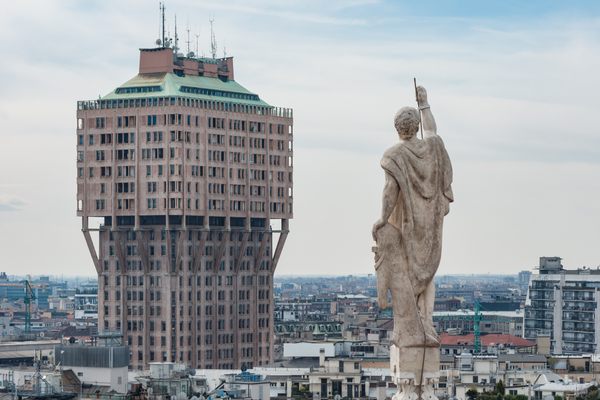About
The term “belfort” is usually translated into English as “belfry” but this loses the real meaning. A “belfry” most often means a church bell tower, but in the Flemish-speaking part of Belgium the term is reserved for a secular bell tower, usually attached to a town hall or some other administrative civic building. The concept is typically Flemish and such towers are quite common in the northern part of Belgium. The best-known of these is the magnificent belfort in nearby Bruges (part of the Bruges World Heritage Site). In the Netherlands, the Sluis is the only one of its kind.
The town of Sluis is located in a section of the Netherlands separated from the rest of the country by the Schelte estuary. In fact, it has no land border with the rest of the Netherlands and in the early 1830s almost became part of Belgium after the Belgian War of Independence.
The 14th-15th century belfort was originally used to ring bells to announce important events such as an invading army or a fire. In Flemish tradition, such a structure gave a town a great level of prestige.
The Sluis Belfort is attached to the three-story former town hall, which is now an exhibition hall that incorporates a small museum outlining its history. The building was originally called the “gatehouse” and next to it was a building called the “ship's house” used as a weigh house for cargo.
In 1393, a fire destroyed both buildings. The ship's house was restored immediately. The belfort building itself was not restored until 1423, at which time it became the town hall. The ship's house was demolished in 1798, but the belfort and town hall were restored between 1894 and 1904.
During Allied bombing campaigns in October 1944, the building, along with much of the town, was destroyed along with art treasures and the town's archives. The belfort was rebuilt between 1956 and 1960. It's the only historic building left in town.
In the bell tower is a carillon, a system of bells that are played by a keyboard. The tower is accessible to the public, providing views over the town. Arriving at the right time, visitors can witness the bellringer playing the keyboard.
The museum now has a large number of art objects that range from the 15th-18th centuries. The council chamber is a wrought iron gate designed by famous Dutch craftsman Jan Pieter van Baurscheidt de Jonge.
Related Tags
Published
April 10, 2020





















